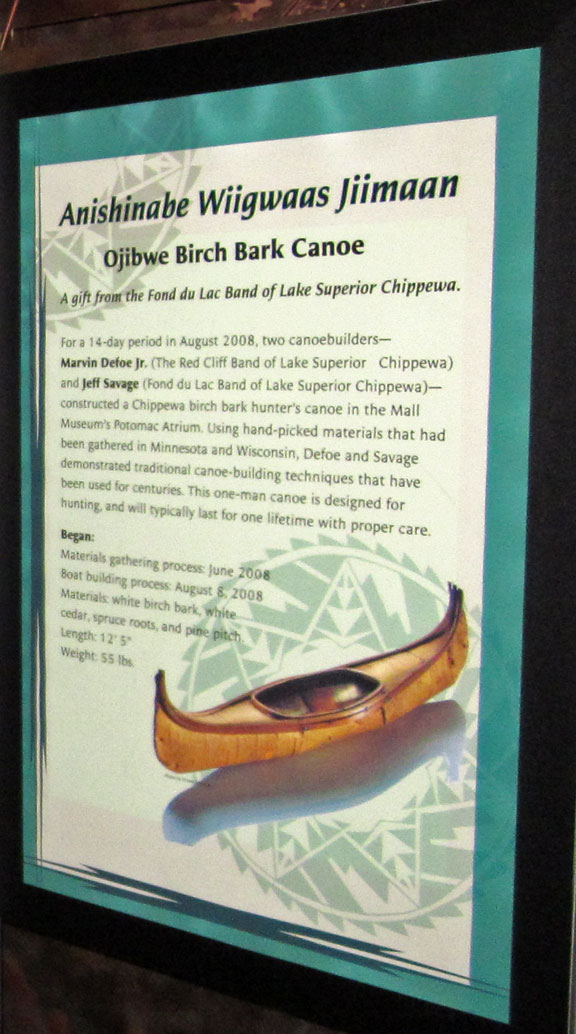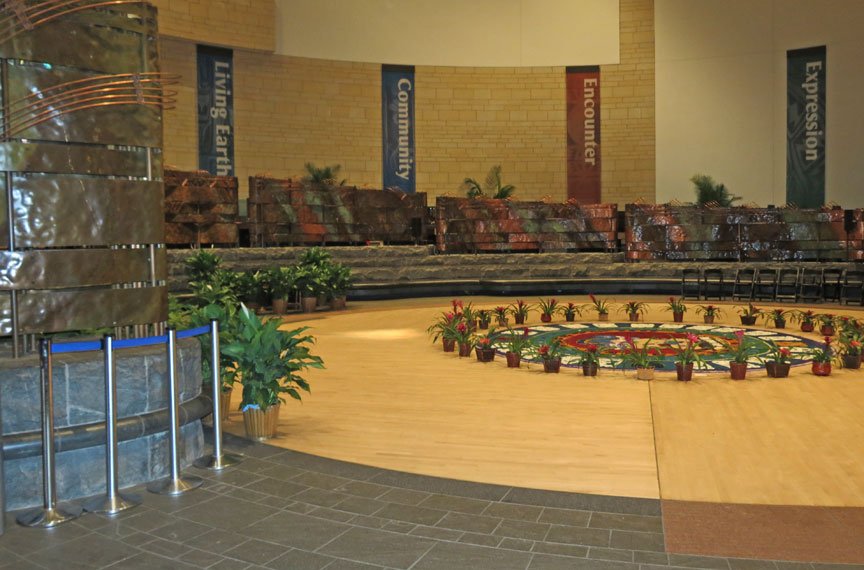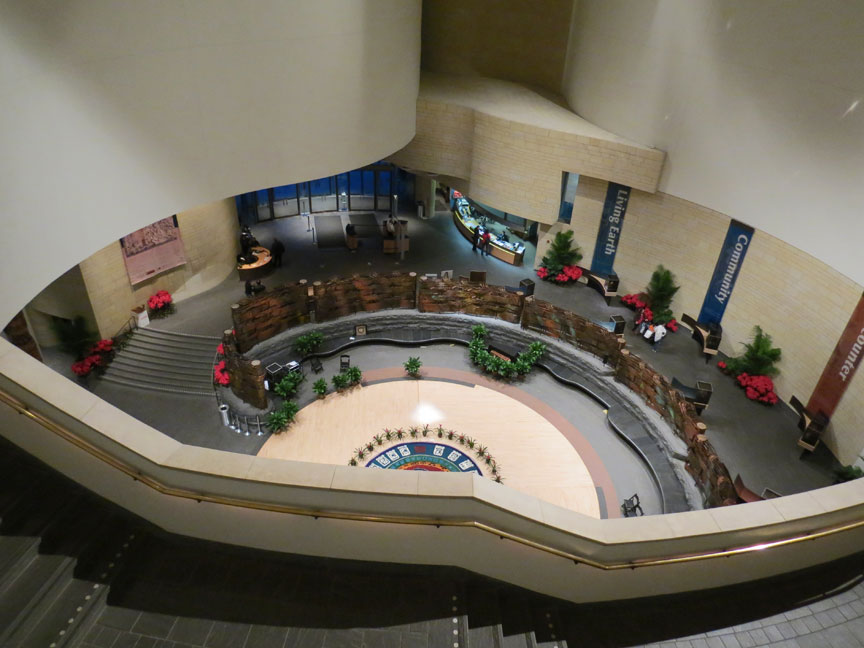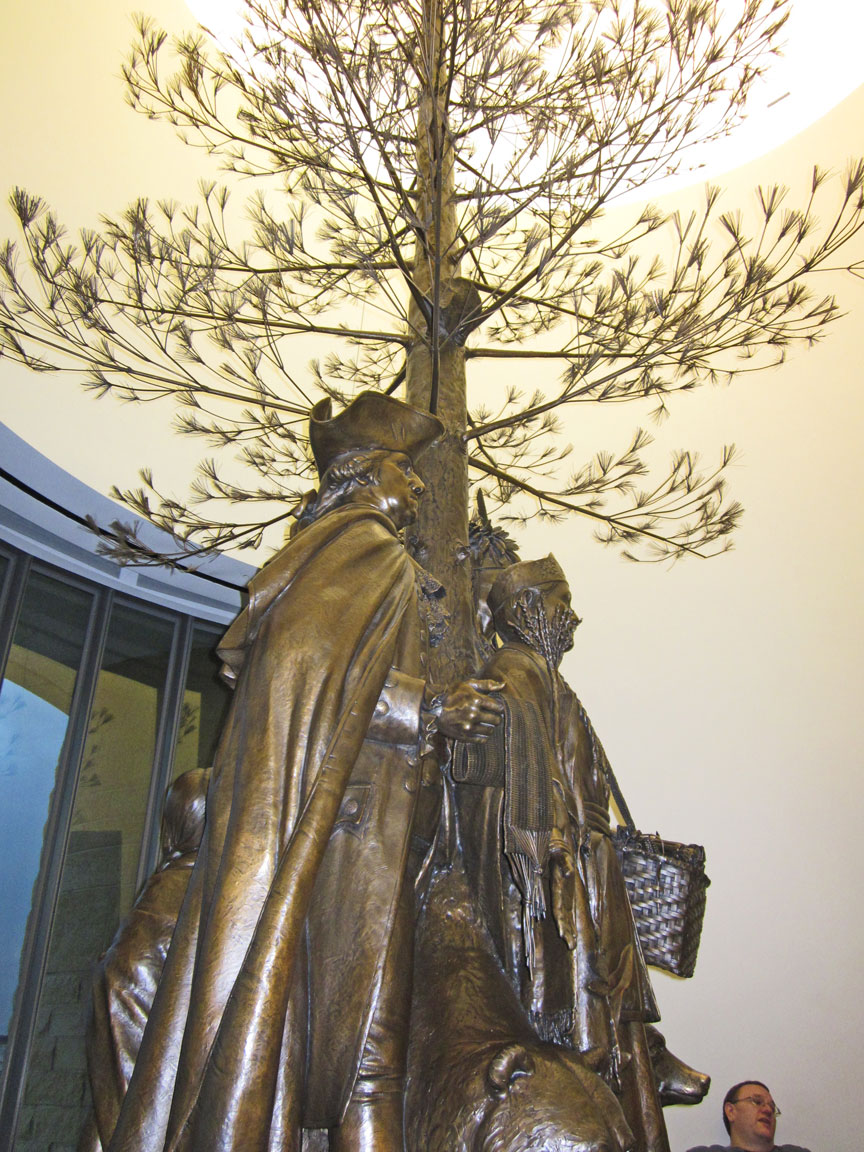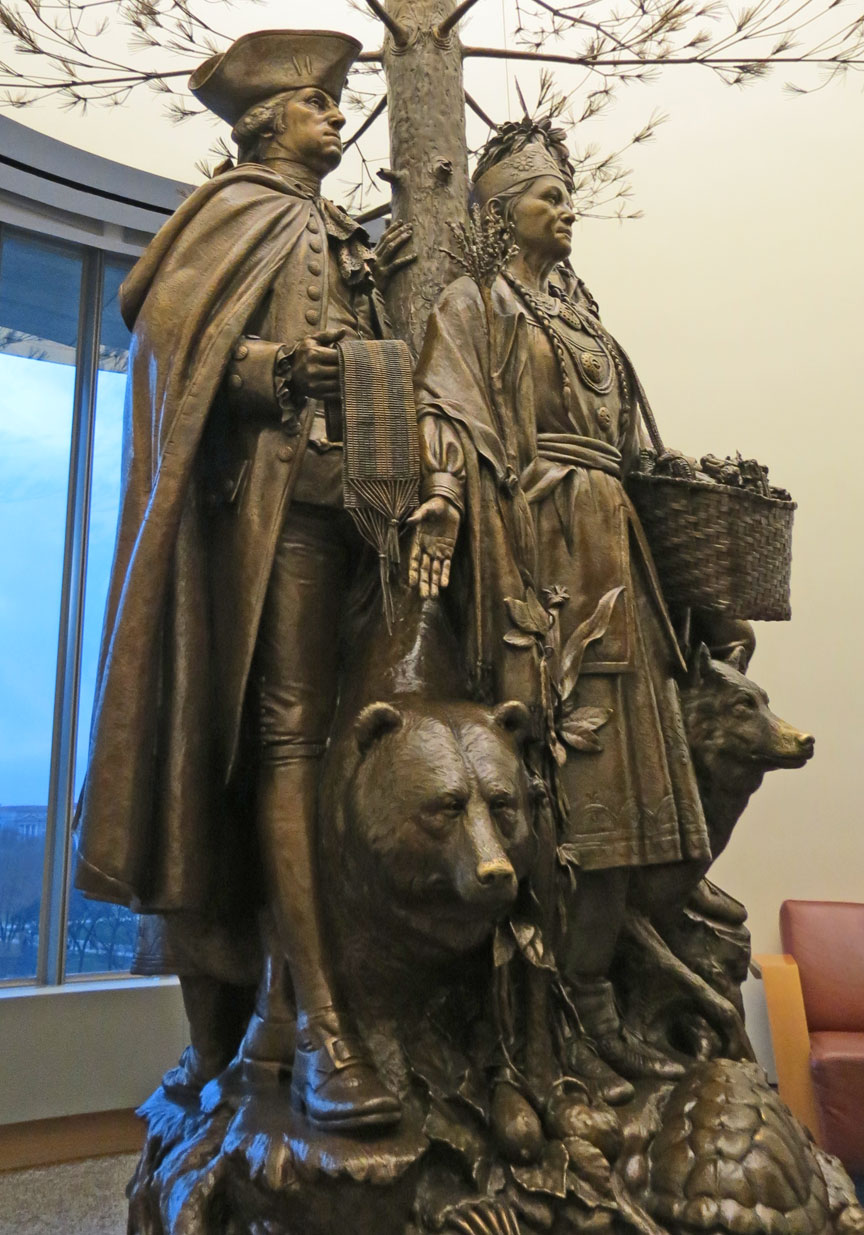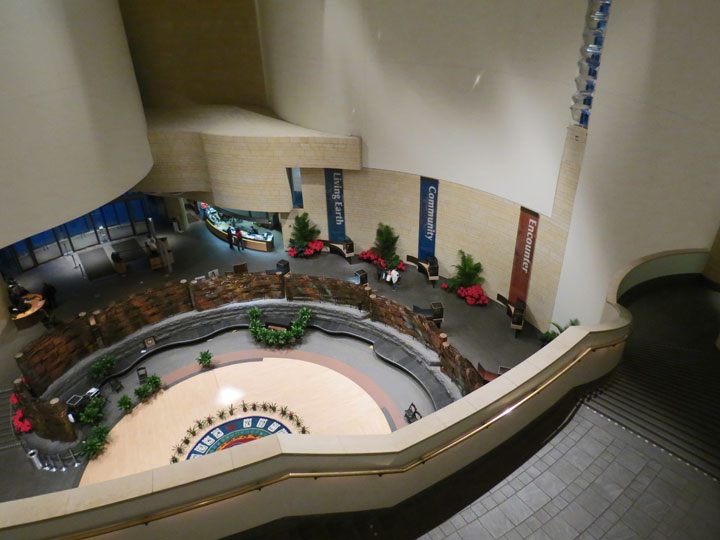

National Museum of the American Indian
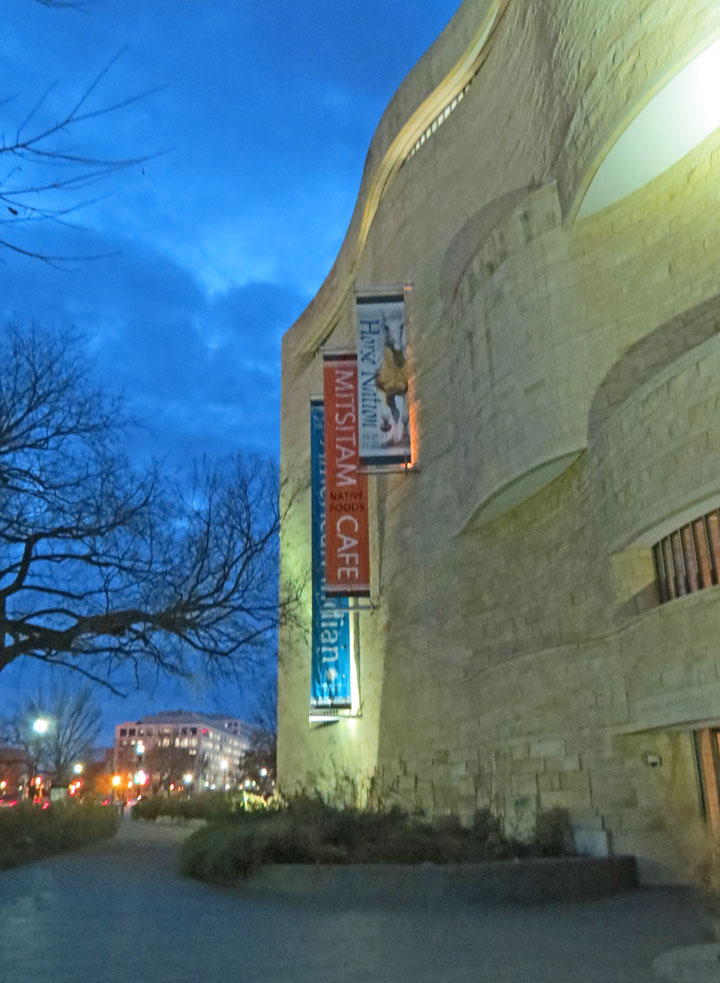
National Museum of the American Indian
The National Museum of the American Indian is part of the Smithsonian Institution and is dedicated to the life, languages, literature, history, and arts of the Native Americans of the Western Hemisphere. It has three facilities: the National Museum of the American Indian on the National Mall in Washington, D.C., which opened on September 21, 2004, on Fourth Street and Independence Avenue, Southwest; the George Gustav Heye Center, a permanent museum in New York City; and the Cultural Resources Center, a research and collections facility in Suitland, Maryland.

Following controversy over Native leaders' discovery that the Smithsonian
Institution held more than 12,000-18,000 Indian remains, mostly in storage, the
museum was established by an act of Congress in 1989, Public Law 101-185 - the
National Museum of the American Indian Act, as "a living memorial to Native
Americans and their traditions". The creation of the museum brought together the
collections of the Museum of the American Indian in New York City, founded in
1922, and the Smithsonian Institution. The National Museum of the American
Indian Act also required that human remains, funerary objects, sacred objects,
and objects of cultural patrimony be considered for repatriation to tribal
communities, as well as objects acquired illegally. Since 1989 the Smithsonian
has repatriated over 5,000 individual remains - about 1/3 of the total estimated
human remains in its collection
Text from Wikipedia
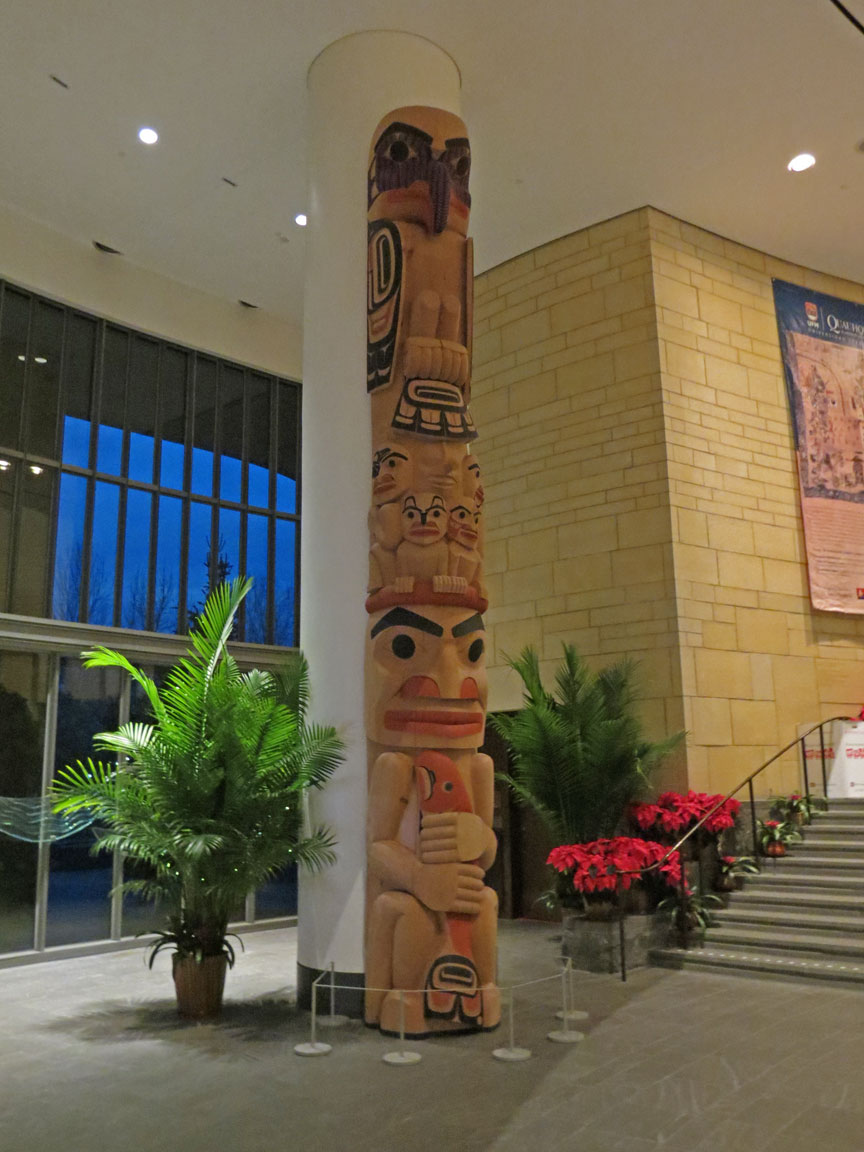
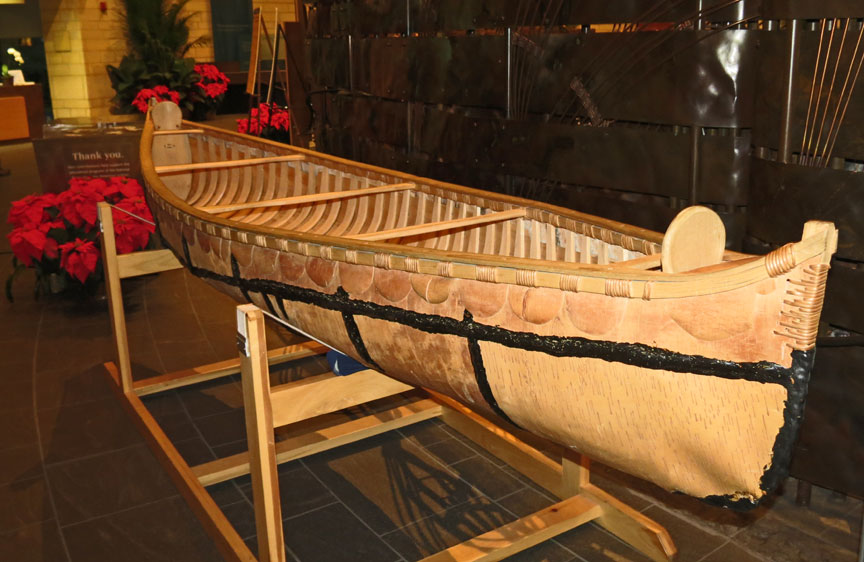
Qjibwe Birch Bark Canoe
